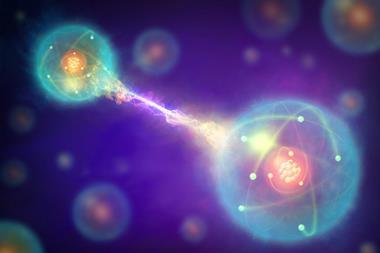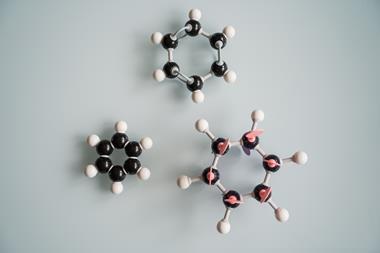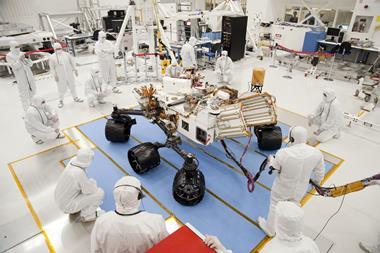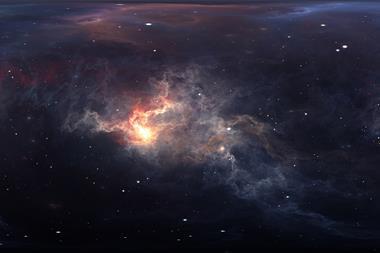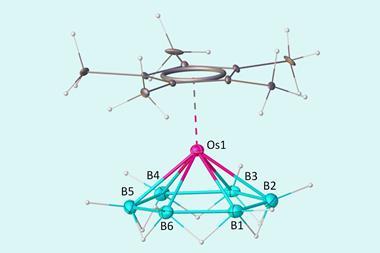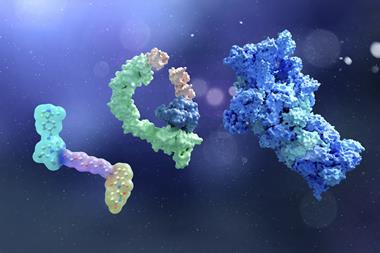Looking to the stars, it might seem that the vastness of space is mostly empty. But in recent years powerful new telescopes, including Alma (the Atacama Large Millimetre Array) and the James Webb Space Telescope (JWST, launched in 2021) have further revealed the chemical complexity of the gaps between stars & planets, showing that these extreme and often very cold environments are home to abundant amounts of complex chemistry. These spectroscopic detections have heralded huge changes in our understanding of what makes up what we thought were empty regions of space, identifying over two hundred different chemical species. Yet, as much as we know, scientists still need to answer the question of how these species are formed.
For the multidisciplinary field of astrochemistry – bringing together researchers from astronomy, gas-phase, solid state and more – the high-resolution spectra obtained by these telescopes has provided a wealth of new observational data. They show that much of the observed chemistry occurs within interstellar gas and on icy grains of dust, as well as in the denser environments of young planetary atmospheres and within the cores of comets.
In the hour-long recording of our webinar you’ll meet scientists working at the forefront of astrochemistry research and learn how they recreate the extreme environments of space here on Earth. You’ll then learn how they obtain analogous high-resolution data with which to compare to the spectra sent back from space.
You will also see how data obtained in space and in laboratories is used alongside computational astrochemistry techniques to understand the processes that drive the chemical evolution of galaxies – and how astrochemistry allows us to probe all the way to the edge of biology.
This webinar was inspired by the recent Royal Society of Chemistry Faraday Discussion: Astrochemistry at high resolution, which took place 31 May - 2 June 2023, Maryland, United States.
Our guest speakers
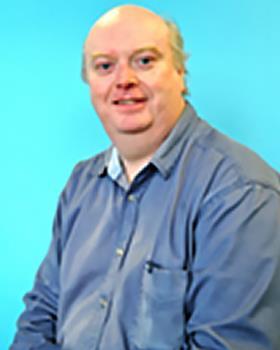
Martin McCoustra, Professor of chemical physics
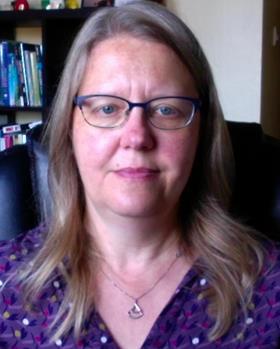
Wendy Brown, Professor of physical chemistry

Serena Viti, Professor of molecular astrophysics
References
Image credit: NASA, ESA, CSA, and M. Zamani (ESA/Webb); Science: F. Sun (Steward Observatory), Z. Smith (Open University), and the Ice Age ERS Team.
